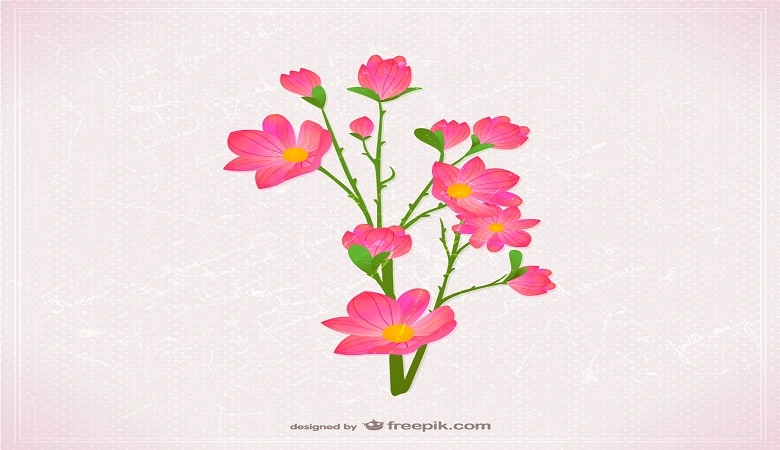Introduction
Art has always been a powerful medium for expression, allowing artists to convey their innermost thoughts, emotions, and observations. Among the various forms of art, drawing, or “dibujo” in Spanish, holds a special place. It is the foundation upon which many other art forms are built. Today, we delve into a unique and intriguing keyword: “dibujo:iiwd7u4dpig= flores” This phrase, while cryptic at first glance, opens a doorway to exploring the art of drawing flowers, a timeless subject that has captivated artists for centuries.
Decoding the Keyword
The keyword “dibujo:iiwd7u4dpig= flores” can be broken down into two main parts. “Dibujo” translates to “drawing” in English, indicating that the focus is on the act of creating art through drawing. The latter part, “dibujo:iiwd7u4dpig= flores” is more enigmatic. However, by isolating “flores,” we recognize the Spanish word for “flowers.” Flowers have long been a favorite subject in art, celebrated for their beauty, diversity, and symbolism.
The Art of Drawing Flowers
Drawing flowers is a practice that dates back to ancient times. It requires a keen eye for detail, a deep understanding of nature, and an appreciation for the delicate and intricate forms that flowers present. Artists from different eras and cultures have drawn flowers, each bringing their unique style and interpretation.
Historical Significance
Throughout history, flowers have held various symbolic meanings in art. In the Victorian era, for instance, flowers were used to convey messages and emotions that words could not. This practice, known as floriography, involved drawing specific flowers to communicate feelings such as love, sorrow, hope, and friendship.
In the context of botanical illustration, drawing flowers has served a scientific purpose. Detailed and accurate representations of flowers were crucial for the study and classification of plant species. These drawings not only provided scientific information but also showcased the beauty of the natural world.
Techniques and Styles
There are numerous techniques and styles that artists employ when drawing flowers. Some prefer a realistic approach, capturing every petal, stem, and leaf with precision. Others might choose a more abstract style, focusing on the essence and emotion of the flower rather than its exact likeness.
One popular technique is using light and shadow to create depth “dibujo:iiwd7u4dpig= flores” and dimension. This can make a flower appear three-dimensional and lifelike. Another technique involves using color to convey the vibrancy and variety of flowers. Artists might use watercolors, colored pencils, or pastels to bring their floral drawings to life.
Modern Interpretations
In contemporary art, drawing flowers continues to be a popular subject. With the advent of digital art, artists have even more tools at their disposal to create stunning floral compositions. Digital drawing software allows for experimentation with different textures, colors, and styles, pushing the boundaries of traditional flower drawing.
Conclusion
“dibujo:iiwd7u4dpig= flores” invites us to explore the timeless and captivating practice of drawing flowers. Whether for scientific purposes, symbolic representation, or pure aesthetic pleasure, flowers remain a beloved subject in the world of art. By understanding the techniques and historical significance of drawing flowers, we can appreciate the beauty and complexity that this art form offers. So, pick up your pencil or stylus and let the flowers inspire your next masterpiece. See More
